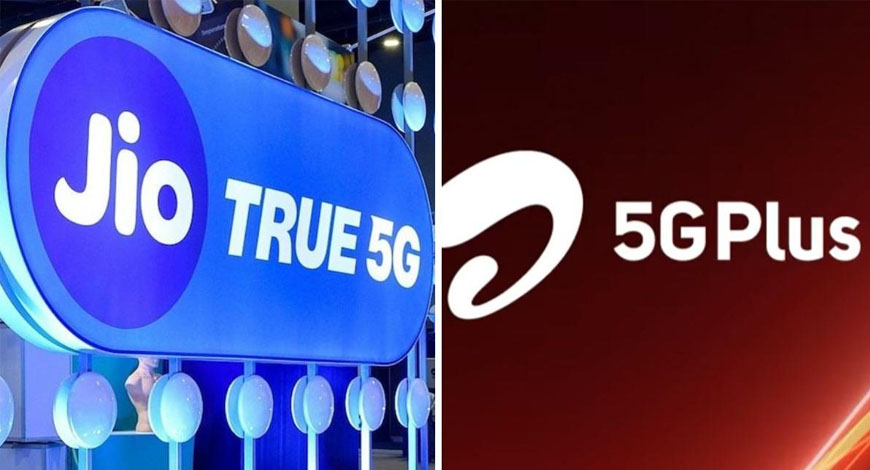5G
Jio and Airtel focusing on only six states for 5G services

Out of India’s 34 states and union territories, six account for over 55 per cent of the total 5G Base Transceiver Station (BTS) towers which have been installed by Reliance Jio and Bharti Airtel, indicating the key markets where consumers are expected to upgrade to the new service.
The states are Maharashtra (including Mumbai), Uttar Pradesh (east and west), Tamil Nadu, Gujarat, Karnataka and Delhi. If West Bengal were added, the figure would go up well over 62 per cent.
The data is based on weekly submissions by the two telcos to the Department of Telecommunications. This submission was on 19 March.
In simple terms, a BTS connects mobile devices to the network and sends and receives radio signals to the phone converting them into digital signals. There is usually more than one BTS on a tower and that is based on the number of spectrum bands which a telco wants to roll out. A ball park figure is that one BTS is required for each spectrum band.
The six states are also key for their revenues. They currently account for 50 per cent of the total AGR for telcos across all circles. With Vodafone Idea not launching 5G services and with no clear deadline, the skew will be more in the case of 5G.
Also, Reliance Jio and Bharti Airtel have a dominant share of the revenue, collectively with a revenue share of 87 per cent in Karnataka, 82 per cent in Delhi and sub-80 per cent in Tamil Nadu, by way of example.
Both telcos, which started rolling out 5G networks just six months ago, have jointly already reached 500 plus cities, with a minimum coverage of 20 per cent and a maximum coverage reaching as high as 70 per cent in Delhi, say telcos aware of the numbers.
Based on data by Reliance Jio, the company has rolled out around 99,870 base stations and over 300,000 radios primarily because it is deploying radios on two spectrum bands (3.5 GHZ for 5G and 700 MHZ) which it requires for coverage. So Jio has two BTS’ per tower. It has deployed three radios in each spectrum band.
Airtel is rolling out on only one band (3.5 GHZ) in each tower and has deployed 44,000 BTS towers. It has installed two radios in each tower.
At a macro level, however, the total number of 5G BTS towers in the country still stands at only 7 per cent. Contrast this with the 1.6 million 4G BTS towers installed, as on December 2022 data. If all the BTS’, including 2G and 3G are also taken into account, the number rises to 2.3 million as on 31 December 2022.
Yet the low share of 5G BTS has to be seen from a holistic perspective. In 4G, telcos have installed radios at an average on 2-4 spectrum bands which means the number of BTS’ is high.
In 5G, the number of spectrum bands being used is 1-2 at the most and no one has launched services under the millimetre band. Consequently, the BTS number will be lower. Furthermore, since Vodafone Idea has not launched its services, this reduces the overall BTS numbers even further.
Despite these qualifiers, 5G BTS towers are already a tenth of the number of 4G BTS towers installed in the capital. In Haryana 5G BTS towers account for 11.5 per cent of the total 4G towers deployed in the state. In Tamil Nadu, it is 9.6 per cent and in Maharashtra (including Mumbai), it is at 8.7 per cent. Business Standard















You must be logged in to post a comment Login